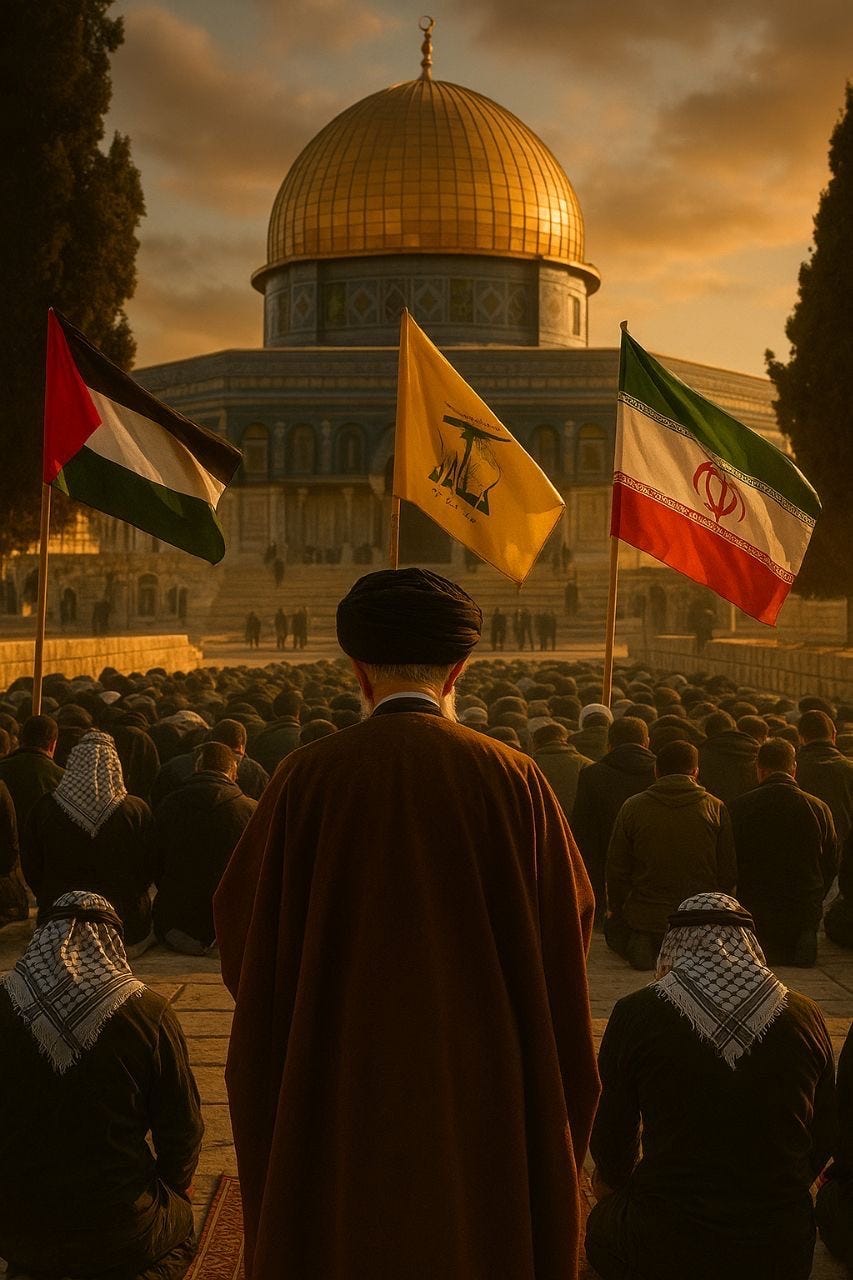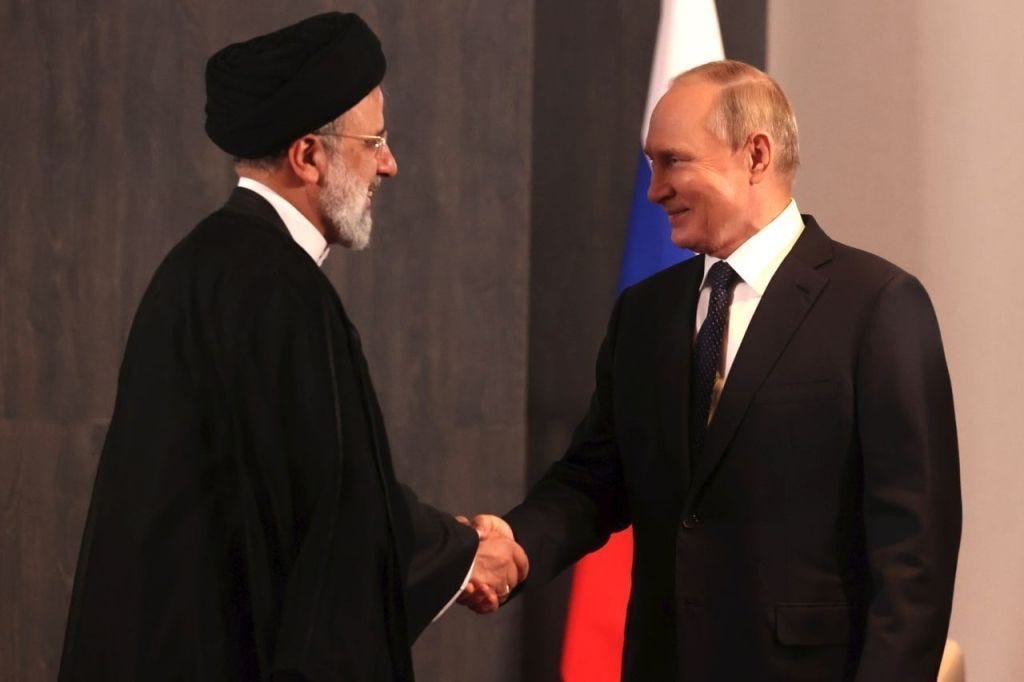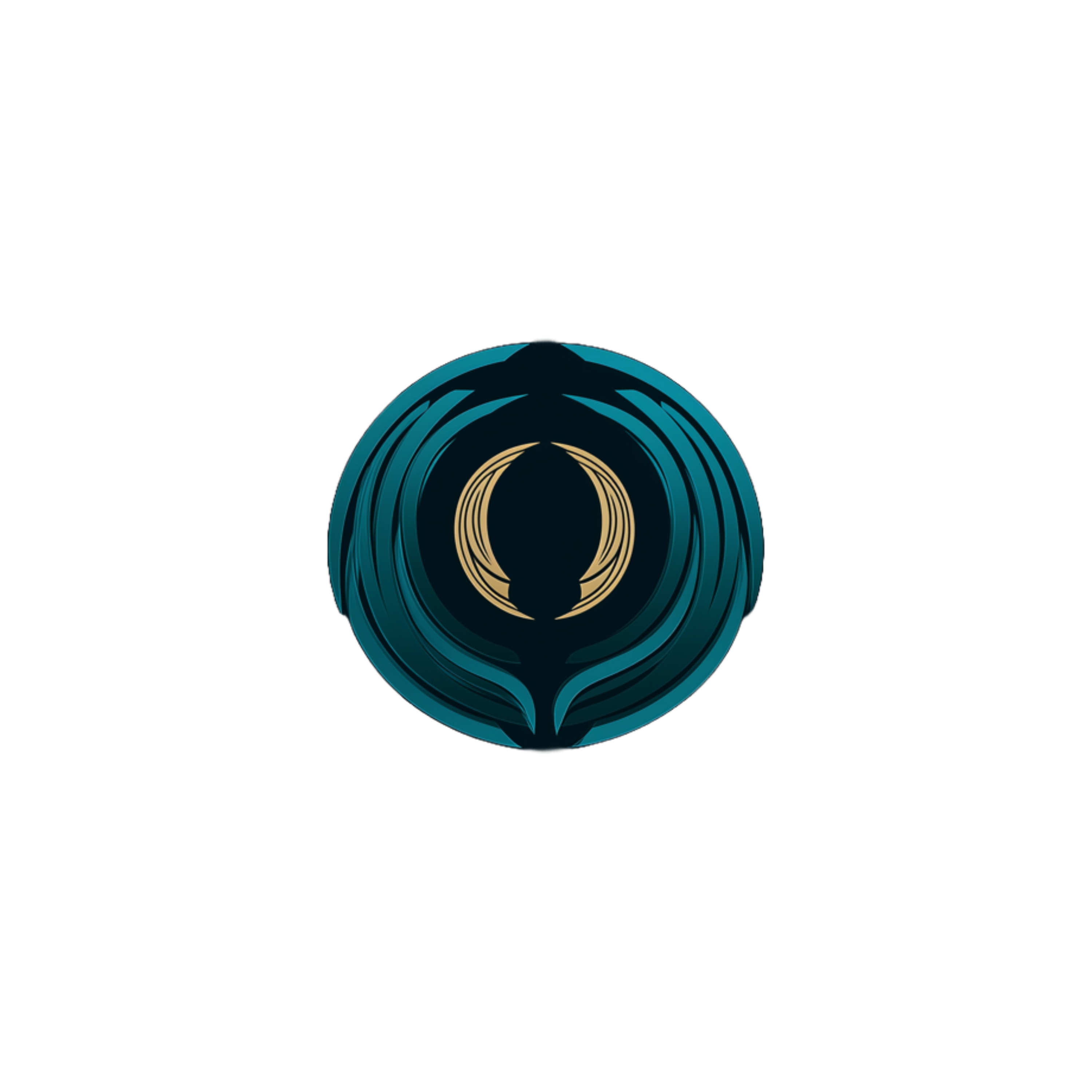The Shadow of Empire and the Struggle for Continuity
The Islamic Republic of Iran stands at a strategic and existential crossroads. In a region where borders were drawn with imperial pens and redrawn by modern fire, Iran’s history has always resisted erasure. The legacy of ancient Persia looms large over its politics, its sense of destiny, and its conflicts. This is not a state born yesterday, it is an empire that mutated into a republic, guided first by the revolution of 1979 and then shaped by a brutal eight-year war with Iraq.
Today, nearly five decades after Ayatollah Khomeini declared the Islamic Revolution, the mantle rests on Ayatollah Khamenei and the Revolutionary Guards who dominate every lever of power. But the fire is flickering. The geopolitical climate is harsher. Sanctions have bled the economy. Public morale is fatigued, its people march in the streets united. Yet the strategic calculus that Iran holds in its hands is not insignificant. It still commands advanced missile technology, nuclear capabilities teetering on the edge of breakout, and a regional network of influence built over decades, anchored above all in Syria, where Bashar al-Assad has become Iran’s forward defense.
Syria: The Gate of Resistance and the Wall Against Encirclement
To understand Iran’s positioning in the region, one cannot overlook Syria. Not merely as a geographic ally, but as the core artery of Iranian strategic depth. Bashar al-Assad was not just a partner, he was a necessity. Syria represents the axis through which Iranian influence reaches Lebanon, feeds Hezbollah, and confronts Israel directly. Without Assad, the Resistance Arc crumbles into disconnected factions. Tehran poured billions into keeping Damascus upright, not out of sentiment, but survival. Iranian commanders, engineers, and intelligence officers bled in Syria because they understood that if Damascus falls, Tehran will be next in line.
And despite the devastation, Syria did not collapse completely. With Russian airpower and Iranian coordination, Assad weathered the Arab Spring storm and emerged, if not victorious, then preserved. Iran’s bet on Syria remains its most vital card in the Levant, one it cannot afford to lose. Any Israeli or American strategy to isolate Iran inevitably targets Damascus first. This is why Iran considers attacks on Syria as attacks on itself.
Trump’s America and the Israeli Gambit: War or Containment?
With the return of Donald Trump to the White House, the strategic threat to Iran grows sharper. Trump’s stance toward Tehran is not softened by diplomacy or shaped by conventional containment. Instead, his administration views Iran as the center of a hostile ideology that must be shattered or neutered. Israeli lobbying intensifies this stance, framing Iran not just as an enemy of Israel but as a threat to the entire Western order in the Middle East.
Israeli military operations against Iranian targets in Syria and covert attacks inside Iran itself from assassinations to cyber sabotage are not episodic. They are components of a greater Israeli doctrine aimed at ensuring no regional parity ever emerges. “Greater Israel” as a concept is not only about expanding borders but maintaining military and technological hegemony.
Yet, if Iran is pushed too far, if the nuclear facilities are bombed, if a new war is waged, what will be the consequence? Will the Islamic Republic collapse, or will it retaliate with an asymmetric fury capable of igniting every front from Gaza to the Gulf?
The IRGC, the Nuclear Threshold, and the Future of Defiance
At the heart of Iran’s survival is the Islamic Revolutionary Guard Corps, a hybrid military-political-economic body that acts more like a state within the state. Their fingerprints are visible in oil exports, drone manufacturing, cyber warfare, and the oversight of proxy militias from Baghdad to Sana’a.
The nuclear file remains both a shield and a trigger. Iran hovers at a technical threshold, not quite armed, but not disarmed. What happens if Iran crosses that line fully? Will it be bombed into submission? Or will it become, like North Korea, a state immune to invasion by virtue of its deterrence?
If Iran is forced to abandon the nuclear program altogether, under threat or in pursuit of economic relief, the cost will not merely be scientific. It would signal submission to a Western and Israeli-led order, undercutting the entire ideology of the Islamic Republic. A non-nuclear Iran will be a different Iran, potentially more isolated, weaker militarily, and politically demoralized. What would this mean for the Shia movements that look to Tehran for inspiration? What would it say to the Arab world, where many already see Saudi Arabia as the new partner of Israel?
Russia’s Calculations: A Weak Iran or a Balanced Region?
Russia, though caught in its own Ukrainian entanglement, still watches the Middle East carefully. For Moscow, Iran serves two functions. First, as a counterweight to Western domination in the region. Second, as a lever to influence oil markets and project power southward. A weak Iran benefits neither of those aims.
Moscow will not sacrifice Iran. If Washington pushes for a confrontation, Russia may respond, not necessarily by deploying forces, but by unleashing diplomatic, cyber, and economic tools. After all, Tehran and Moscow have been building a new energy and financial alignment, circumventing Western sanctions and expanding military cooperation. The future of Iran, therefore, is not just an Iranian affair. It is a global question.
The Arab World’s Response: Silence, Strategy, or Subjugation?
Among the Arab regimes, reactions remain fragmented. The Gulf states have long oscillated between fear of Iranian expansionism and desire for its collapse. Yet the collapse of Iran could trigger another Iraq, a vacuum, a civil war, a refugee crisis, and militias without masters. Is Riyadh ready for that?
More dangerously, Arab thinkers now warn that the fall of Iran would not strengthen the Arab world, but expose it. Israel would no longer face a regional counterweight. The balance of deterrence would be shattered. And any future Arab renaissance already fragile would lose a key player in the anti-imperial front, regardless of ideology. Saudi Arabia’s think tanks may quietly grasp this. But geopolitics is rarely guided by wisdom.
A Republic in Question, a Region on Fire
Iran today is both resilient and vulnerable. It has survived war, sanctions, and sabotage. Yet it now faces a moment where strategy, identity, and survival collide. Will the IRGC double down on resistance, or shift toward pragmatism? Will Khamenei’s successor continue the legacy, or pivot?
And more broadly, what will the Islamic Republic look like the next years after the fall of Syria, can it finalize a nuclear program, and can it protect its economy from strangulation?
Iran’s fate will not only shape Tehran. It will shape Tel Aviv, Riyadh, Baghdad, and Beirut. It will define whether the Middle East continues as a playground for global powers, or whether a new regional balance can emerge, one that is not dictated by the bomb, but by sovereignty, memory, and the iron of history.
Let us ask again: is this the twilight of resistance, the dawn of collapse, or the emergence of a new order?



